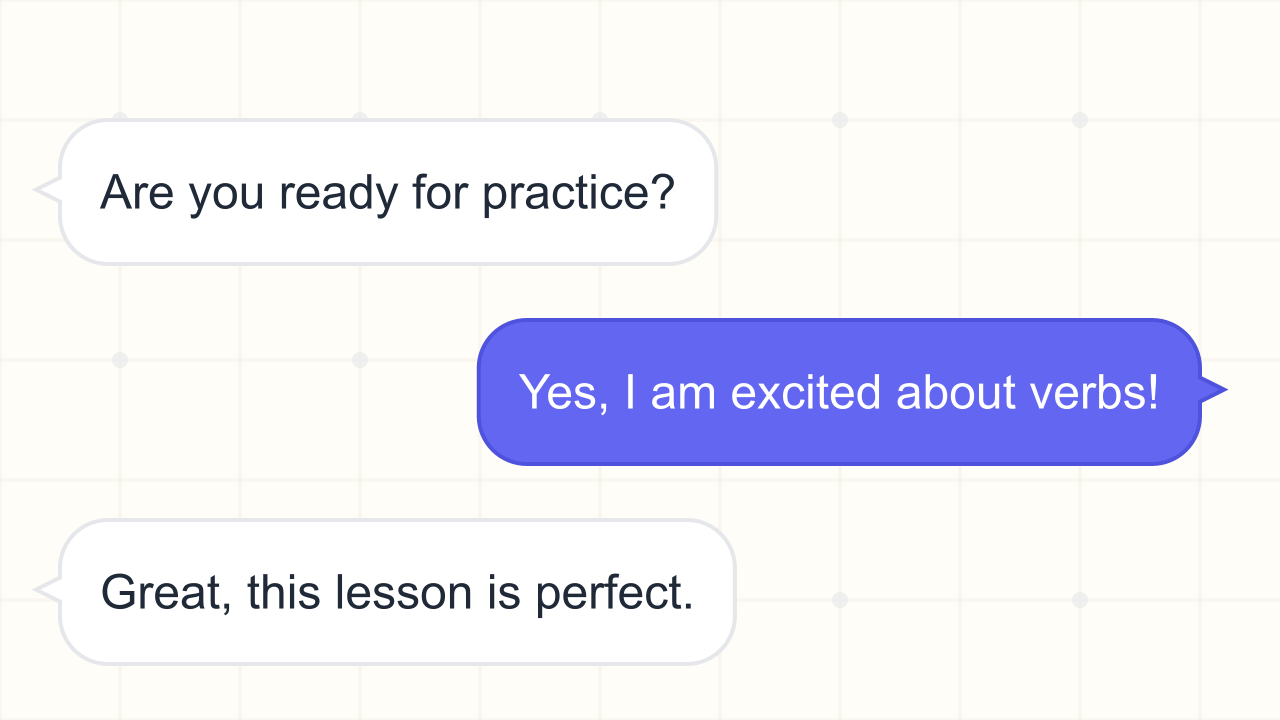Have Been vs Had Been grammar Exercise
Practice distinguishing between "have been" and "had been" in different contexts through dropdown selection exercises. Perfect for mastering how these forms connect present, past, and earlier past events.
Exercise Guide
How to complete:
Choose the correct form of the verb for each blank. Focus on whether the sentence refers to something continuing up to the present (“have been”) or something that was true before another past event (“had been”). Consider time expressions carefully and read the whole context before selecting your answer.
Success tips:
- Use “have been” (or “has been”) for actions or states continuing up to now.
- Use “had been” for actions or states continuing until another point in the past.
- Look for clues: “since”, “for”, and time markers like “before”, “when”, “until”.
- “Have been” = connection to present. “Had been” = connection to earlier past.
Knowledge:
This test focuses on the difference between “have been” and “had been”. You’ll practice identifying when to use the present perfect continuous idea versus the past perfect continuous idea. These forms help express how long actions lasted and when they ended relative to now or to another past moment.
Complete the Exercise
Paragraph 1
Paragraph 2
Paragraph 3
Paragraph 4
Paragraph 5
Paragraph 6
Paragraph 7
Paragraph 8
Paragraph 9
Paragraph 10
Paragraph 11
Paragraph 12
Paragraph 13
Paragraph 14
Paragraph 15
Share this exercise
Help others learn grammar by sharing this exercise
Related Exercises

Modal Verbs of Obligation (must, have to, should)
Practise choosing “must”, “have to”, or “should” to express obligation, necessity, and recommendations in real-life contexts.

Modal Verbs of Permission (may, can, could)
Practise choosing “may”, “can”, or “could” to ask for permission, give consent, or describe rules politely.

Modal Verbs of Ability (can, could)
Practise selecting “can” or “could” to express ability, requests, and possibilities in everyday situations.

To Be: Is, Am, Are
Practise choosing the correct form of the verb “to be” — is, am, or are — in present simple sentences about people, places, and things.

Have got vs has got
Practise choosing between "have got" and "has got" to express possession, relationships, and characteristics accurately.